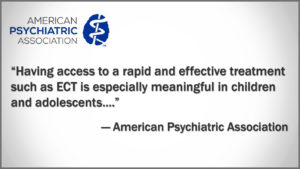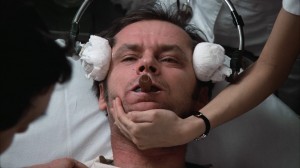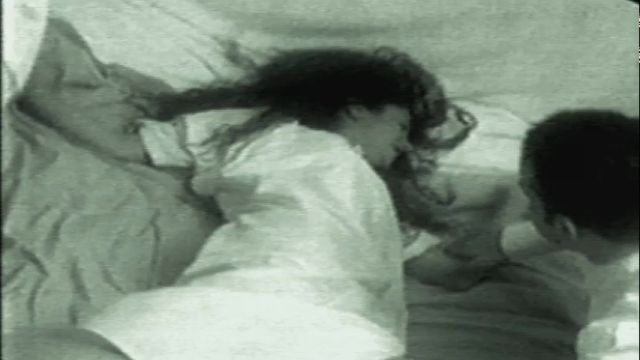
10 Facts You May Not Know About Electroshock (ECT)
Psychiatry: Still Shocking After All These Years 1. FIRST CAME THE PIGS The “science” behind electroshock as treatment was born out of a slaughterhouse in…


Psychiatry: Still Shocking After All These Years 1. FIRST CAME THE PIGS The “science” behind electroshock as treatment was born out of a slaughterhouse in…

How did society get to a point where causing brain damage is proposed as a viable therapy? American Free Press By James Spounias April 11,…

A recent story in Al Jazeera by James Ridgeway of Mother Jones illuminates the efforts by major pharmaceutical companies to get doctors prescribing medicines like Zyprexa, Seroquel, and Abilify to patients for whom the drugs were never intended. Focusing on psychiatrists because they rely on subjective diagnoses, the drug reps have been so successful that they’ve changed the criteria for mental illness and disability payments. Ridgeway quotes former New England Journal of Medicine editor Marcia Angell.
“[T]he tally of those who are so disabled by mental disorders that they qualify for Supplemental Security Income (SSI) or Social Security Disability Insurance (SSDI) increased nearly two and a half times between 1987 and 2007 – from one in 184 Americans to one in seventy-six. For children, the rise is even more startling – a thirty-five-fold increase in the same two decades. Mental illness is now the leading cause of disability in children.” Under the tutelage of Big Pharma, we are “simply expanding the criteria for mental illness so that nearly everyone has one.” Fugh-Berman agrees: In the age of aggressive drug marketing, she says, “Psychiatric diagnoses have expanded to include many perfectly normal people.”

Not only did the DSM become the bible of psychiatry, but like the real Bible, it depended a lot on something akin to revelation. There are no citations of scientific studies to support its decisions. That is an astonishing omission, because in all medical publications, whether journal articles or textbooks, statements of fact are supposed to be supported by citations of published scientific studies. (There are four separate “sourcebooks” for the current edition of the DSM that present the rationale for some decisions, along with references, but that is not the same thing as specific references.) It may be of much interest for a group of experts to get together and offer their opinions, but unless these opinions can be buttressed by evidence, they do not warrant the extraordinary deference shown to the DSM. The DSM-III was supplanted by the DSM-III-R in 1987, the DSM-IV in 1994, and the current version, the DSM-IV-TR (text revised) in 2000, which contains 365 diagnoses. “With each subsequent edition,” writes Daniel Carlat in his absorbing book, “the number of diagnostic categories multiplied, and the books became larger and more expensive. Each became a best seller for the APA, and DSM is now one of the major sources of income for the organization.” The DSM-IV sold over a million copies.

Although the Oregon State Hospital was not specifically named in Ken Kesey’s novel, on which the 1975 Academy-award winning movie was based, it could have been. For its legacy of real abuses spans over a century.
Although the chilling film starring Jack Nicholson is now decades old, it wasn’t until state lawmakers toured the facility in 2004 that they discovered the cremated remains of 3,600 patients who had been locked away and forgotten inside. “You can see the place where they showered. You can see their scratchings on the wall,” said Oregon Senate President Peter Courtney. “They lived there. And then often people forgot them. They just took them there and it was over.”